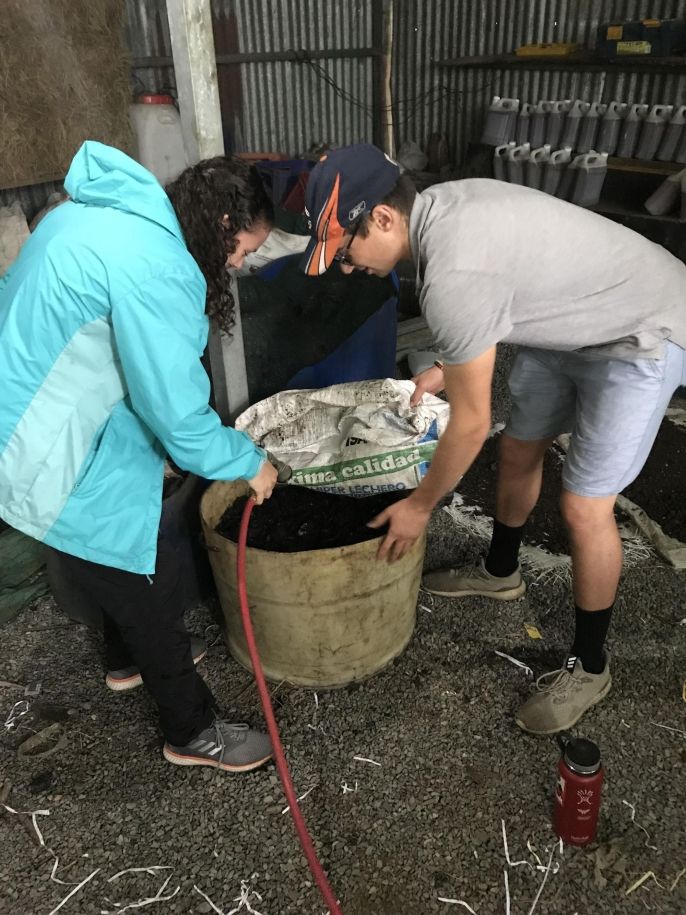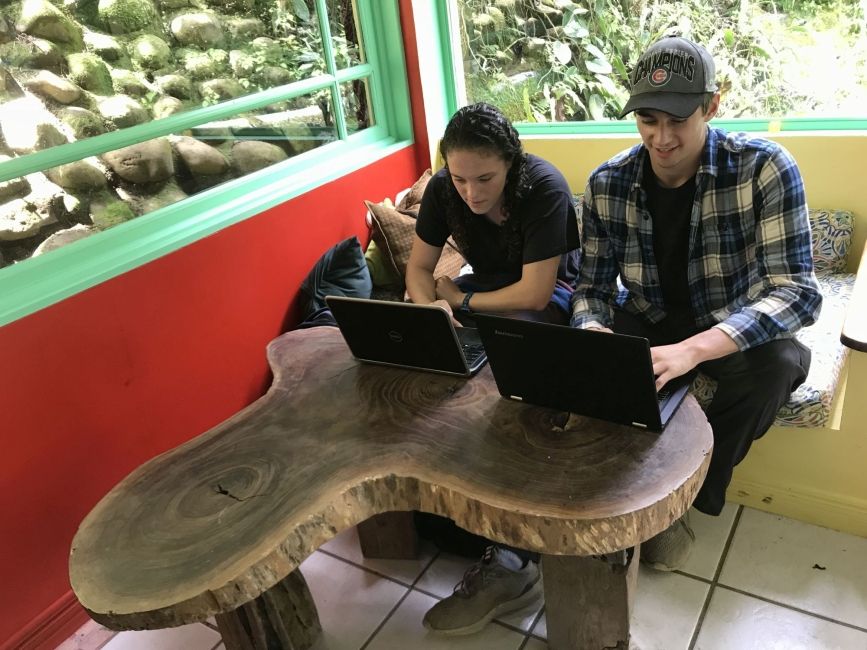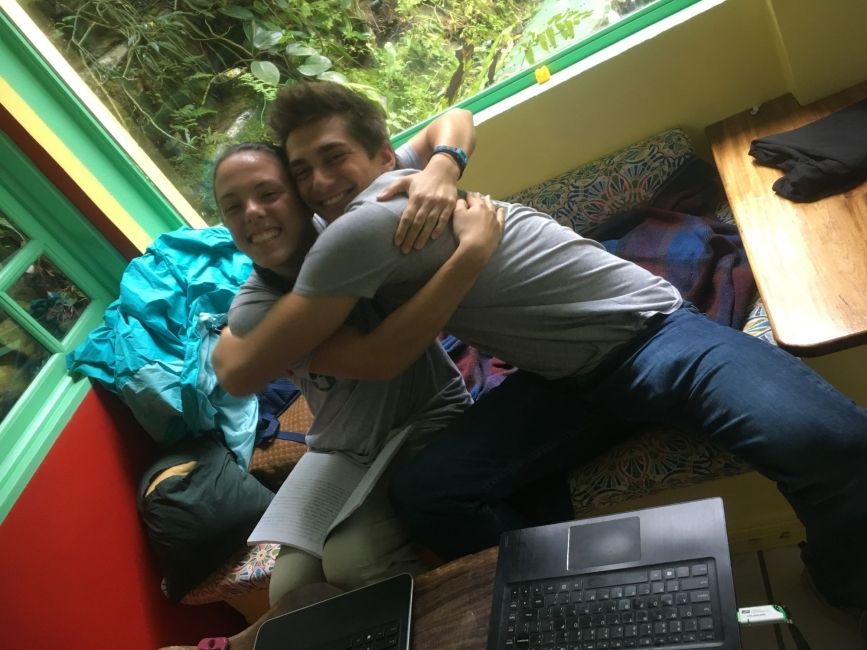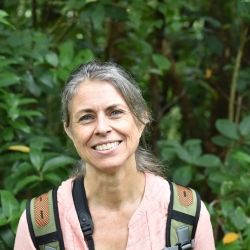Composting: One Person’s Trash is Someone Else’s Black Gold
Written by Hailey Campbell (Arizona State University), Internship in Sustainability and the Environment.
As I saw my future supervisor, Orlando, eagerly digging through a to-go box of food waste awaiting to be composted, I couldn’t help but think about the fact that I knew nothing about composting. I knew this internship would challenge me, but I couldn’t have imagined the impact it would have on my daily life.
The first portion of my internship focused on learning about my partner organization, CORCLIMA, and accumulating knowledge about composting. CORCLIMA is a special Commission to the Monteverde municipality that is composed of a group of civic leaders that work together to build community resilience to climate change. One of their goals centers on promoting household composting as a means to reduce large amounts of methane gas emitted into the atmosphere through anaerobic decomposition - meaning the breakdown of organic material without the presence of oxygen - of organic waste in landfills.
My task was to design a manual that outlines the ins and outs of the various composting processes, while also inspiring people to compost and providing solutions to challenges associated with composting.
Seeing as I knew nothing about composting, I began by exploring different compost techniques Monteverde community members utilize. I learned that composting transforms organic waste, into a useful, fertile soil through decomposition by microorganisms without releasing methane. Plus, composting is great for households because it is easy, affordable, and a fun way for the whole family to reduce their impact on the environment.
Using information gathered from field visits and from manuals found online, I created the processes for constructing and using 10 different composting systems. My lack of knowledge about composting proved to be an advantage. While writing the steps for each system, I was actively aware of the terminology I was using in order to ensure that each system could be easily understood by someone who knows nothing about composting.
The main challenges associated with inspiring people to compost are the small range of uses for the final product and the difficult decision of deciding which type of compost system is best for one’s needs. I felt like I could address the first challenge by creating a “Uses for Compost” section, which includes creative ways homeowners with limited space can use their compost. Some suggested ideas include the creation of a community garden, water bottle gardens, and windowsill gardens. As a means to address the second challenge, I decided to create a flowchart that provides simple questions and answers, narrowing down the composting system options from 14 to 2.
As a sustainability student who is constantly trying to reduce my environmental impact, I was in disbelief that I had never considered incorporating composting into my life. People all around the world, formerly including myself, throw-out their food waste without thinking twice about what happens to it, and how it could affect the environment when sent to a landfill. When I return home, the first thing I am going to do is get started on my own compost system, and I hope my manual can inspire people across Costa Rica to do the same.
Related Posts
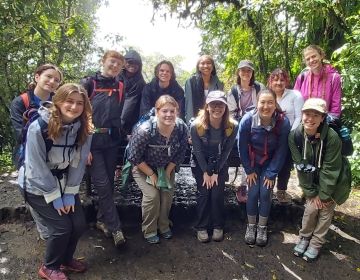
Happy Earth Day: Today and Every Day
Happy Earth Day! Every April 22, this global event comes around to remind us how precious our planet is, what sustainable efforts we can make to protect Earth, and that... keep reading
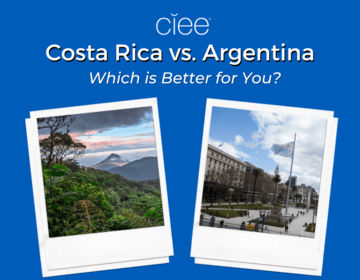
Costa Rica vs. Argentina: Which is Better for Study Abroad?
Imagine yourself sipping mate in a bustling Buenos Aires café or lounging peacefully in a hammock overlooking Costa Rica's lush rainforests. These contrasting scenes represent just a glimpse of the... keep reading
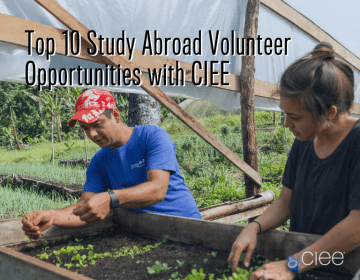
Top 10 Study Abroad Volunteer Opportunities with CIEE
Have you ever wondered if you could volunteer abroad? Perhaps you're looking into study abroad programs that provide international volunteer opportunities. If you’re itching to study abroad and truly make... keep reading
